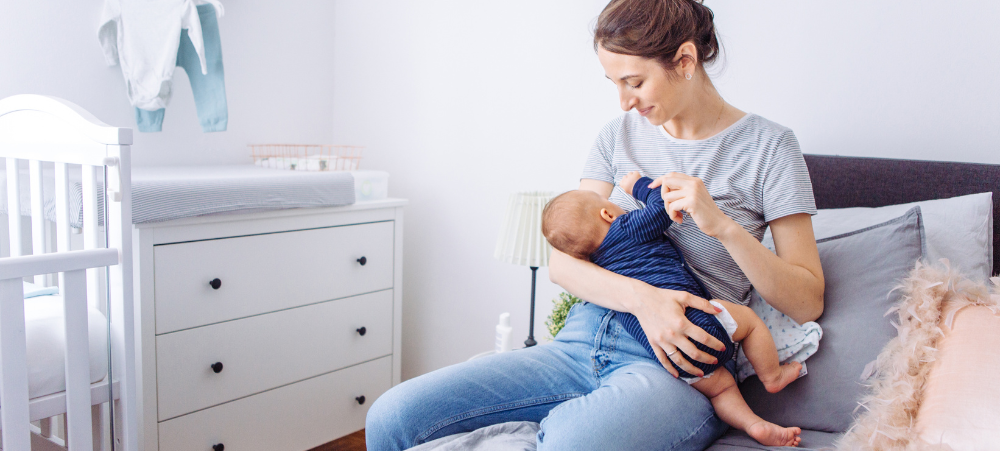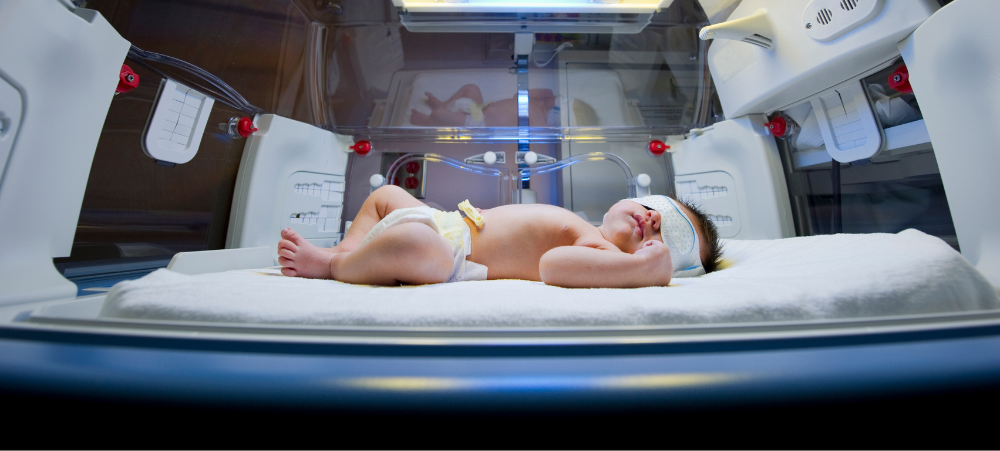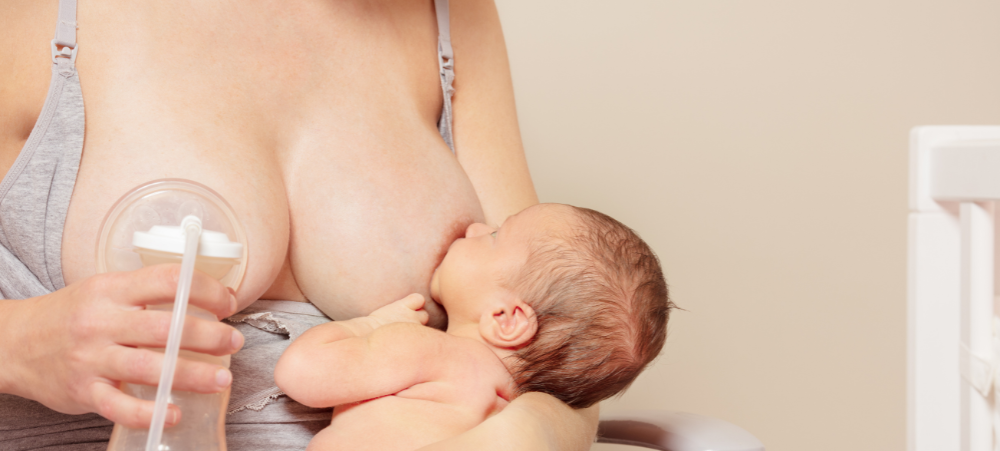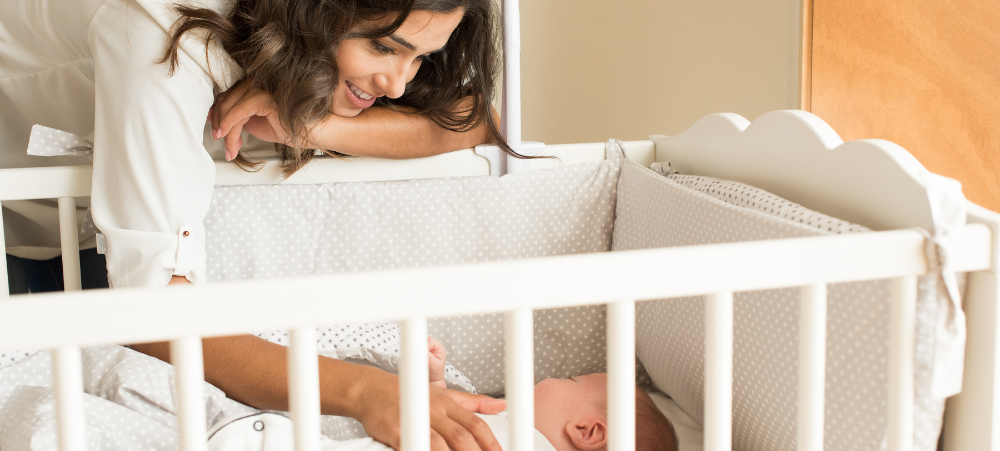
WHAT TO EXPECT FROM YOUR BREAST CHANGES DURING AND AFTER PREGNANCY
Breast changes within a pregnant woman are truly incredible. The topic of breast development is one which is grossly misunderstood. Most women have an incorrect knowledge of how their own body develops. For most of ladies, it is assumed that by the time they have gone through puberty, that their breasts are fully developed. But this is wildly incorrect. Puberty is actually just the beginning of breast development. Within this article, we will discuss the actual development cycle of a woman’s breasts and what changes she can prepare herself for both during, and after pregnancy. You Ain’t Seen Nothing Yet! How Breasts Develop After Puberty Many people link breast development to size. Simply put, this is the wrong measure to take. Whilst a woman’s breast size will remain relatively the same from puberty up until pregnancy, the real development happens within the tissue itself. Breasts actually continue to develop every time a woman menstruates. When it is that time of the month, a lady’s breasts begin to produce small amounts of secretory tissue. This is the tissue that allows milk production to take place. This cycle will go on until a woman either reaches the age of about 34, or she falls pregnant. Naturally, another question arises in light of this knowledge. If a woman is consistently creating additional tissue, why do the breasts not get bigger as she gets older? Well, the breast actually replace the older cells within them when creating the new ones. As such, the old cells are replaced by the new. This is also why a lady’s breasts become incredibly sensitive during this time. In a nutshell, the body only begins to develop a woman’s breasts from the end of puberty onwards. But, what happens when you fall pregnant? Breast Development During Pregnancy Pregnancy is truly a miraculous time for a woman. Multiple changes begin to happen within your body. Your hormones sore, your bodily functions begin to change, but above all, a tiny being begins to grow within you. This period can be seen as your breast development heyday. During this time, your breasts will grow into full maturity. And it all begins after month one of falling pregnant. The first notable thing a woman will experience is the sensitivity of her breasts. This is actually one of the most common first signs of pregnancy. This is caused by the sudden change in hormones within her body. Within the first four to six weeks, the breasts will be particularly sensitive – similar to how they feel during a period. For the first trimester of her pregnancy, a woman’s breasts will remain sensitive. Visible Physical Changes The next change is one you will physically be able to witness. During pregnancy, breasts may go up by a cup size. This change happens particularly in first time mothers. Some ladies even go up by two sizes during this time. You will start to see the beginning of this growth from about six to eight weeks into pregnancy. Breasts may also begin to feel particularly itchy during pregnancy. This is due to the tightness of the skin within the area as the breasts grow. Some women have even developed stretch marks on their breasts during pregnancy from the sudden growth. Areola Changes Another physical indication of breast change during pregnancy are prominent veins. When pregnant, a woman’s breasts may begin to show large, blue veins running through them. This is attributed to the act that the veins will expand to accommodate extra blood flow of the growing breast tissues. Don’t be alarmed if you notice this on yourself – it is completely natural and will fade once you have given birth and stopped breastfeeding. Additional colour changes to expect occur within the areola’s. During pregnancy, it is common for a woman’s areola’s to become slightly larger, and darker in colour. Your areola’s will also develop pronounced bumps, known as Montgomery’s tubercles. These are oil producing glands which are common within pregnancy, and help lubricate the nipples during this time. Tissue Changes As far as changes are concerned, the first thing which begins to change in the tissue structure are the amount of milk ducts within the breast. The hormones released during pregnancy send messages to the breast structure informing it of the need to increase the number of ducts – as feeding will soon begin. As such, a burst of ducts begins to develop within the breast tissue. Lactocytes are another tissue addition within the breasts during pregnancy. These are actually the milk production cells. Naturally, the body will need to develop these as they are the power houses behind breastfeeding. Other Changes The next set of changes do not necessarily happen within all women. Firstly, there is the possibility of the breasts leaking. During the third month of pregnancy, a woman’s body begins to produce the liquid substance known as colostrum. This is also known as liquid gold, as it contains nutritional value second to none for babies. However, during the last few months of pregnancy, the breasts may actually leak a tiny bit of colostrum. This happens frequently in some women, may start earlier in others, and may not occur for some moms. If you experience a breast leakage, don’t be ashamed. Invest in a few disposable breast pads and wear these during this time. Another pregnancy change could be that of lumpy breast tissue. Some ladies may develop umps within the breasts during pregnancy. This can commonly be associated to milk-filled cysts beginning to appear. These should subside once the woman begins to pump r breast feed. How to Deal With Breast Changes During Pregnancy Breast changes can be uncomfortable for some women. Even if they are not causing discomfort to you, there is something every pregnant woman needs to invest in; nursing bras. Nursing bras or apparel is a must have for all moms to be. These are designed to optimise comfort both during pregnancy and after. They also allow for easy feeding


































